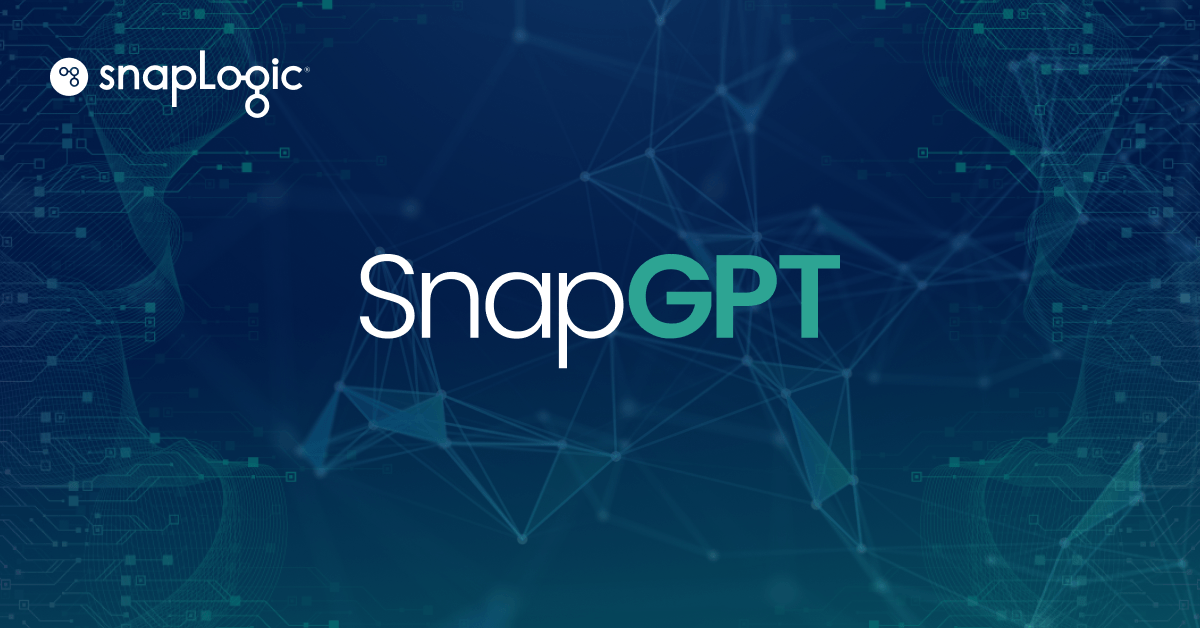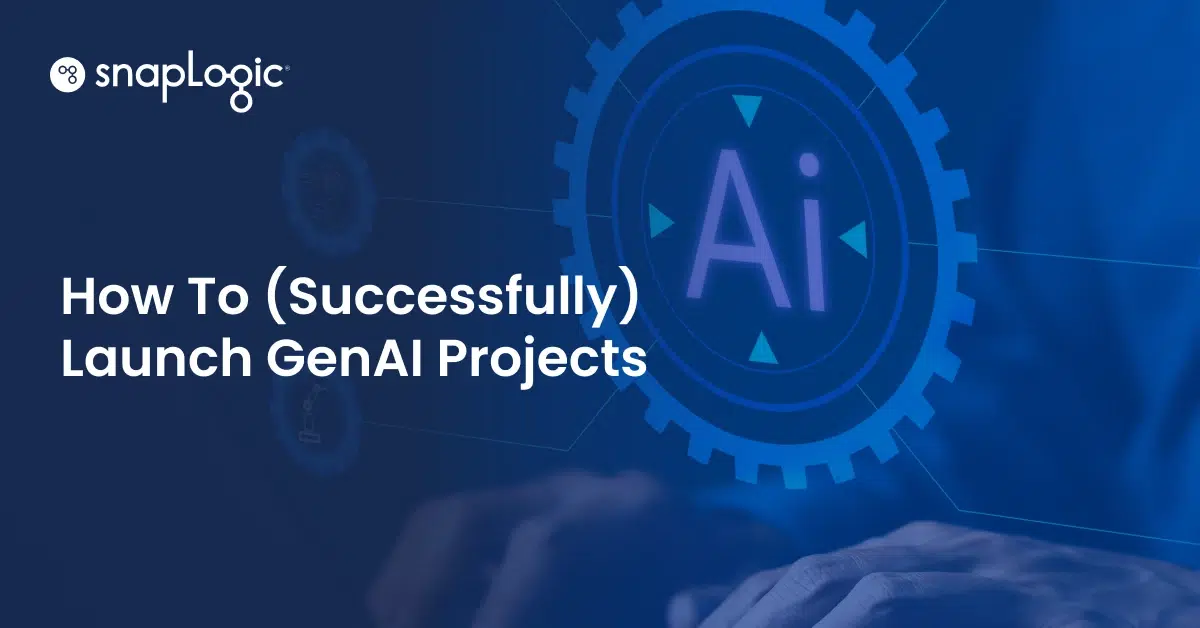Last week SnapLogic announced the launch of SnapGPT, a revolutionary capability as part of its Iris AI/ML solution. SnapGPT uses Large Language Models (LLMs) like ChatGPT to transform business intentions into technical implementation in minutes instead of days or weeks.
This breakthrough technology promises greater agility at a lower cost to enterprises. The launch webinar hit a nerve, attracting a record number of attendees and user engagement.
Models are improving, fast
SnapLogic CTO Jeremiah Stone, and Principal Scientist AI/ML, Jump Ananpiriyakul discussed the drivers behind the rapid advancement of generative AI solutions like ChatGPT. Jeremiah shared that the amount of compute used in training AI has been doubling every 3.4 months, while the compute needed to train a neural net has been decreasing by a factor of 2 every 16 months. That explains some of the massive improvements we see in the models between consecutive releases.
Jump then demonstrated how a sales operations user could input their intention in natural language and have SnapGPT do all the work of creating the pipeline, transforming and mapping the data, and loading it into the desired application. SnapLogic envisions using custom LLMs trained against petabytes of integration metadata to further simplify the creation of accurate integrations. Customer-specific LLMs could also be trained on their data to accelerate integration in their specific environment.
To experience the benefits of SnapGPT for yourself, join the waitlist for early access here.
Data security, ChatGPT and SnapGPT
Many of the questions focused on the security and privacy of customers’ data. SnapGPT leverages ChatGPT to create an accurate pipeline, but it does not share any customer-specific data besides the user prompt with ChatGPT. SnapGPT teaches ChatGPT how to create an intermediate representation of a pipeline using SnapLogic’s internal data during each session.
SnapLogic does not share any customer pipeline metadata or the structure of customer Snaps with ChatGPT. All communication is encrypted to ensure the highest level of privacy and security. SnapLogic uses “prompt engineering” to enable ChatGPT to provide an intermediate representation of the desired pipeline, which SnapLogic then translates into a fully functional pipeline.
Introducing: SnapLabs from SnapLogic
SnapLogic also announced SnapLabs, a new environment for users to access upcoming features and capabilities early. SnapGPT will be available for preview on SnapLabs in the next few weeks, initially for creating data pipelines. SnapLogic is also exploring other ways to leverage ChatGPT within its products. SnapLogic’s CTO has written an informative blog on areas where generative AI can be used in integration products.
Generative AI will transform how businesses use software and deliver greater enterprise agility at a lower cost. SnapLogic, with over seven years of experience leveraging AL/ML, is taking the lead in using generative AI to disrupt the data and application integration industry. Stay tuned to hear further details on SnapGPT over the coming weeks.











